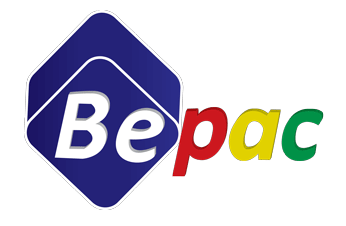One of the most importance function of sales manager is to manage sales force performance. Managing sales force performance includes three steps:
- Evaluation of current performance
- Define current performance gap
- Managing performance / Decide course of action
Before we go through these steps we must first define what is sales force performance; Sales force performance is defined as comprised of ability and effort of sales people.
Ability means knowledge and skills necessary to perform the sales job, it is a matter of time and sales people can enhance it through learning and training
Effort is the amount of time spending in job, it is a matter of will and motivation status of sales people
Let’s start with the first steps of managing sales force performance:
- Evaluation of current performance
We will use a famous matrix Introduced by Max Landsberg in his book, The Tao of Coaching. Has been widely accepted as is a useful method of ensuring that a coach’s style of interaction is matched to a coachee’s readiness for a particular task. We will use it with some modifications.
The matrix works by plotting the level of the sales person’s skill against will, either high or low. So every sales person (medical rep) can be put into one of four sales performance categories according to the combination of skills and will
- Low Skill, Low Will (Poor performance/Child): The beginner to a task who is just starting, Low self-confidence low knowledge and skills.
- High will / low skill (solid performer/ Striver): The enthusiastic beginner new to a task high effort, highly motivated but low knowledge and skills.
- High will / high skill (Top performer/ Star): The skilled sales person who is looking for more opportunities to grow and develop.
- Low will / high skill (under performer/ Coaster): the skilled experienced person who is in need of attention he is high skills but low will due to personal or business factors.
- Define current performance gap
We can then define performance gap for each sales person in four categories as follows:
- Poor performance/Child : The gap in effort , skills and knowledge
- Solid performer/ Striver: The gap in skills and knowledge
- Star performer/ Star: there is no gap in performance
- Under performer/ Coaster: The gap in effort and motivation
- Managing performance / Decide course of action
To manage your team performance you must treat everyone differently according to his performance and development level. So action will differ for each four category as follows
First: for poor performer / DIRECT
- Build the will.
- Provide a clear briefing.
- Build the skill.
- Manage with tight control
Second: for solid performer / Train
- Provide tools, training and coaching
- Reduce control if he shows progress
Third: for top performer / Delegate
- Set objectives, not methods.
- Communicate trust and recognition
- Don’t over manage
Fourth: for under performer
- Motivate them by developing intrinsic motivation
- Rebuild their self confidence
- Support them and don’t over manager
See also counseling methodology for under performer when a behavior affects on his job performance

